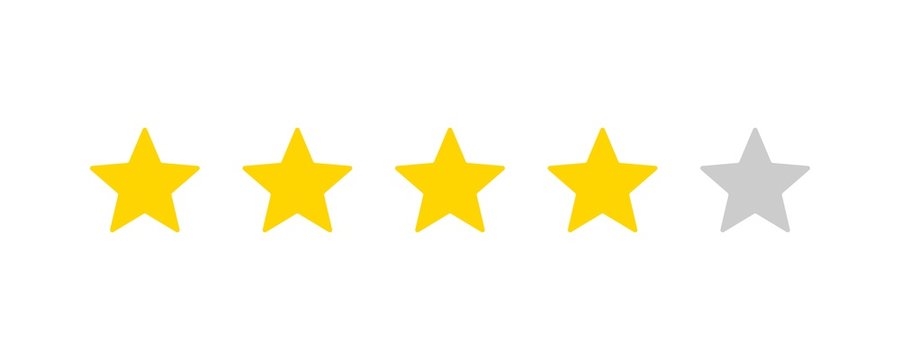BLOCK PLAY & STR2EAM LEARNING

Influences of Block Play on Academic Learning in Preschool by Kelsey Rasmuson explains the extensive benefits block play has on children's literacy, mathematics, and physical skill development. Rasmuson (2019) explains block play stimulates "Symbolic, or representational play, the ability for [children to use] an object or idea to represent a different object or idea (Rasmuson, 2019, p. 6)." The research-based article would be a great resource to advocate for block play in a child development center or inform parents of the endless educational value children receive when playing in a block center. The article reinforces that block play is a developmentally appropriate way to introduce new learning concepts to young learners in a fun and engaging manner. Throughout the article, Rasmuson defines block play expectations and illustrates the many ways it supports the growing child. I would rate Influences of Block Play on Academic Learning in Preschool with five out of five stars for the informative and well-organized piece that encourages block play for early learners.

Another critical component of the block area is the teacher's roles within the play. Foundations of Learning: Teacher's Role in Block Play offers insightful information for teachers to educate themselves on appropriate tasks and actions teachers can take to enhance the play without taking over. This quick video supplies examples of open-ended questions to scaffold children's abilities within the block area. Asking questions like "What would happen if you placed another block here?" allows the child to use their higher-level thinking skills to develop a thoughtful response. I would rate this video a five out of five stars for the simple yet educational content that can support a new educator on adults' positive and appropriate roles during block play. This information targets teachers and instructs them on ways to enhance block play for young children.

Books should be included in the block area to promote literacy skills and language development. Books enhance block play by encouraging creativity and fostering imagination. Changes Changes by Pat Hutchins is one example of written print that teachers can incorporate in the block area. The book offers vivid colors as wooden people construct figures using shapes found in the block area. The wooden people must problem-solve as the structure undergoes various challenges and obstacles. The figures create several designs using the same shapes or blocks. Though there are no words, the audience recognizes the events unfolding as the purpose of the blocks evolve. This story is a unique way to get children to think symbolically as they manipulate the blocks into unbelievable new structures. I rate this book a four out of five simply because it lacks diversity. However, it is still a great resource to introduce children to the block area's endless possibilities. You can purchase the book here.

Here you will find some additional children's books for the block area. The topics range from engineering, transportation, and building.
The Bock Area & STR2EAM Extension Activities
SCIENCE: Teachers can include science in the block area by encouraging children to explore force and motion by creating incline planes with the unit blocks and placing small cars at the top. As the car slides down the inclined plane, teachers can help students document how far each vehicle travels or have students create their own charts using clipboards and writing utensils.
TECHNOLOGY: Children are exploring technology as they witness wheels in motion as they travel down the inclined plans or on top of the unit blocks.
READING: By including labels on the shelves and bins, offering writing materials, and incorporating a variety of books into the block center, teachers are supplying children with reading opportunities.
RELIGION: The block area promotes character development as children work together, share materials, and communicate their ideas and feelings with others. Children are being taught kindness, compassion, and how to help others.
ENGINEERING: Engineering is the foundation of the block area. The teacher should include open-ended materials like unit blocks in the center so children can use their imagination to create structure. By asking open-ended questions, teachers can scaffold these experiences. Children can then reach their full potential in the block area to problem-solve and think critically independently.
ART: A simple way to include art in the block area is by allowing children to plan their creations with paper and crayons. When the plan is complete, teachers can take photos of the final product and display them in the classroom.
MATHEMATICS: In the block area, students are encountering math concepts like shapes, sorting, and spatial awareness. Teachers can display a chart with the proper name for the block's shapes to introduce geometry terms to young learners.
References and Resources
-Additional books to include in the block area
Catherine, M. (2019, July 24). What children's books should be in the Block Center? Fun. Retrieved October 30, 2021, from https://fun-a-day.com/childrens-books-the-block-center/.
- Ten Things Children Learn From Block Play, National Association of Education for Young Children
Ten things children learn from Block Play. NAEYC. (n.d.). Retrieved October 30, 2021, from https://www.naeyc.org/resources/pubs/yc/mar2015/ten-things-children-learn-block-play.
- "Foundations of Learning: Teacher's Role in Block Play", YouTube Video
https://www.youtube.com/watch?v=mN3rKe2z9sA&feature=youtu.be
- Changes Changes by Pat Hutchins (YouTube Video)
https://www.youtube.com/watch?v=FwQgi5ncerQ
- Removable Block Shelf Labels, Amazon.com
https://www.amazon.com/Removable-Block-Shelf-Labels-Shapes/dp/B003Y7C9Z0
- Influences of Block Play on Academic Learning in Preschool by K. Rasmuson
Rasmuson, K. (2019). Influences of Block Play on Academic Learning in Preschool (Thesis, Concordia University, St. Paul). Retrieved from https://digitalcommons.csp.edu/teacher-education_masters/ 12

Comments
Post a Comment